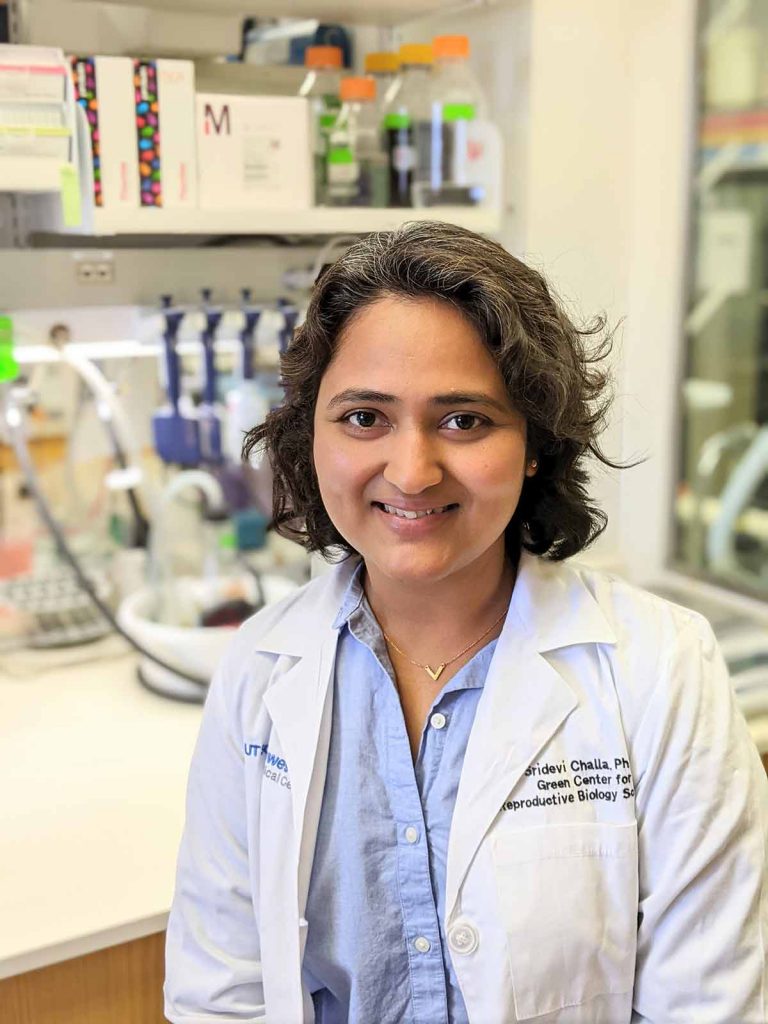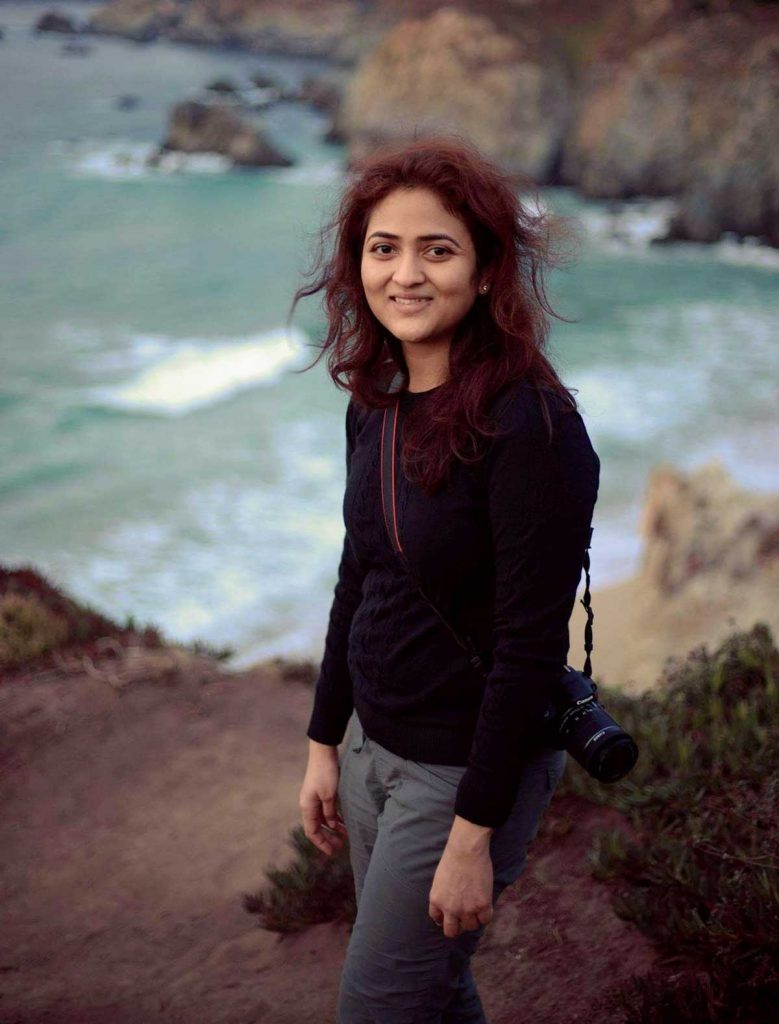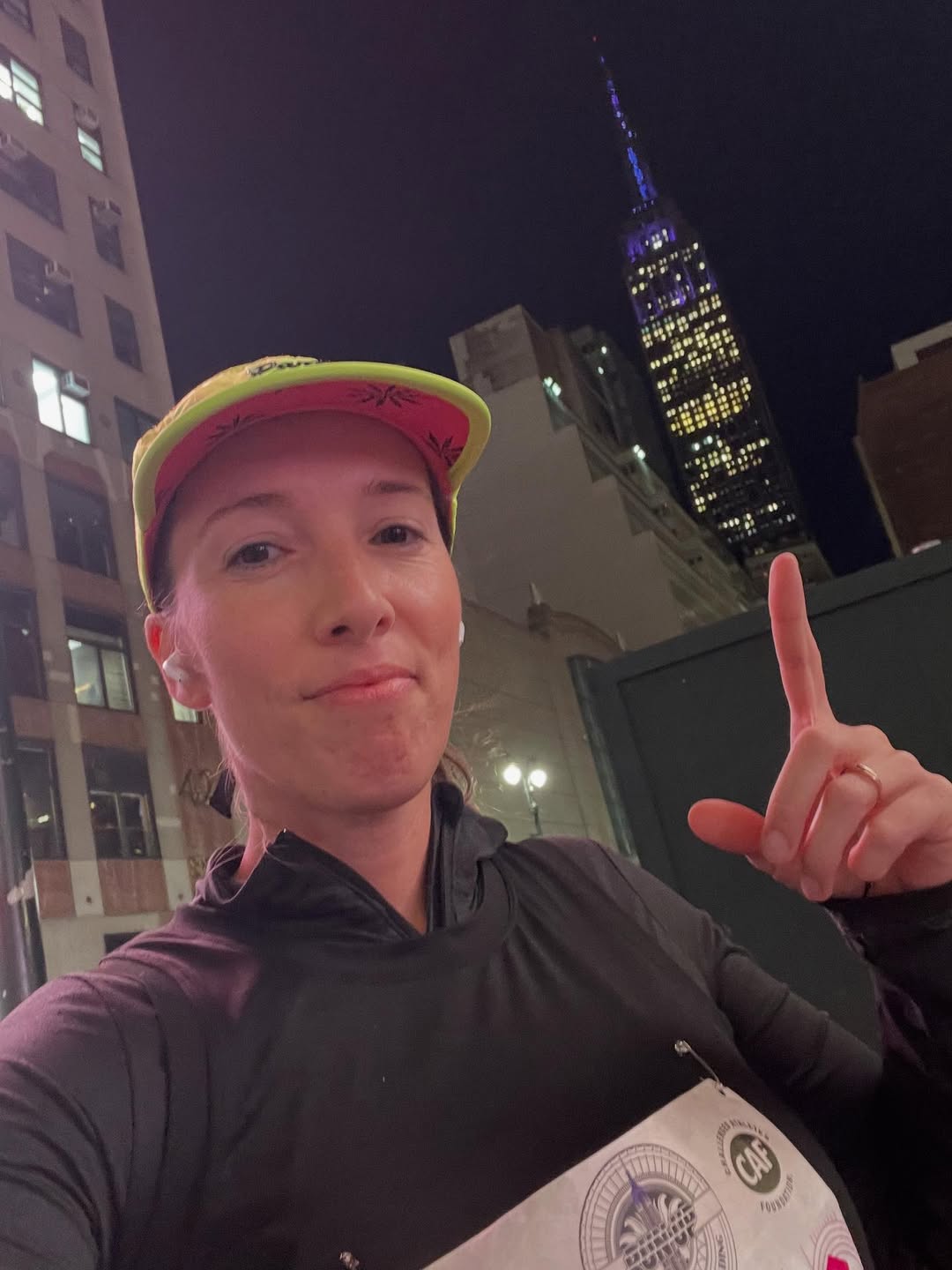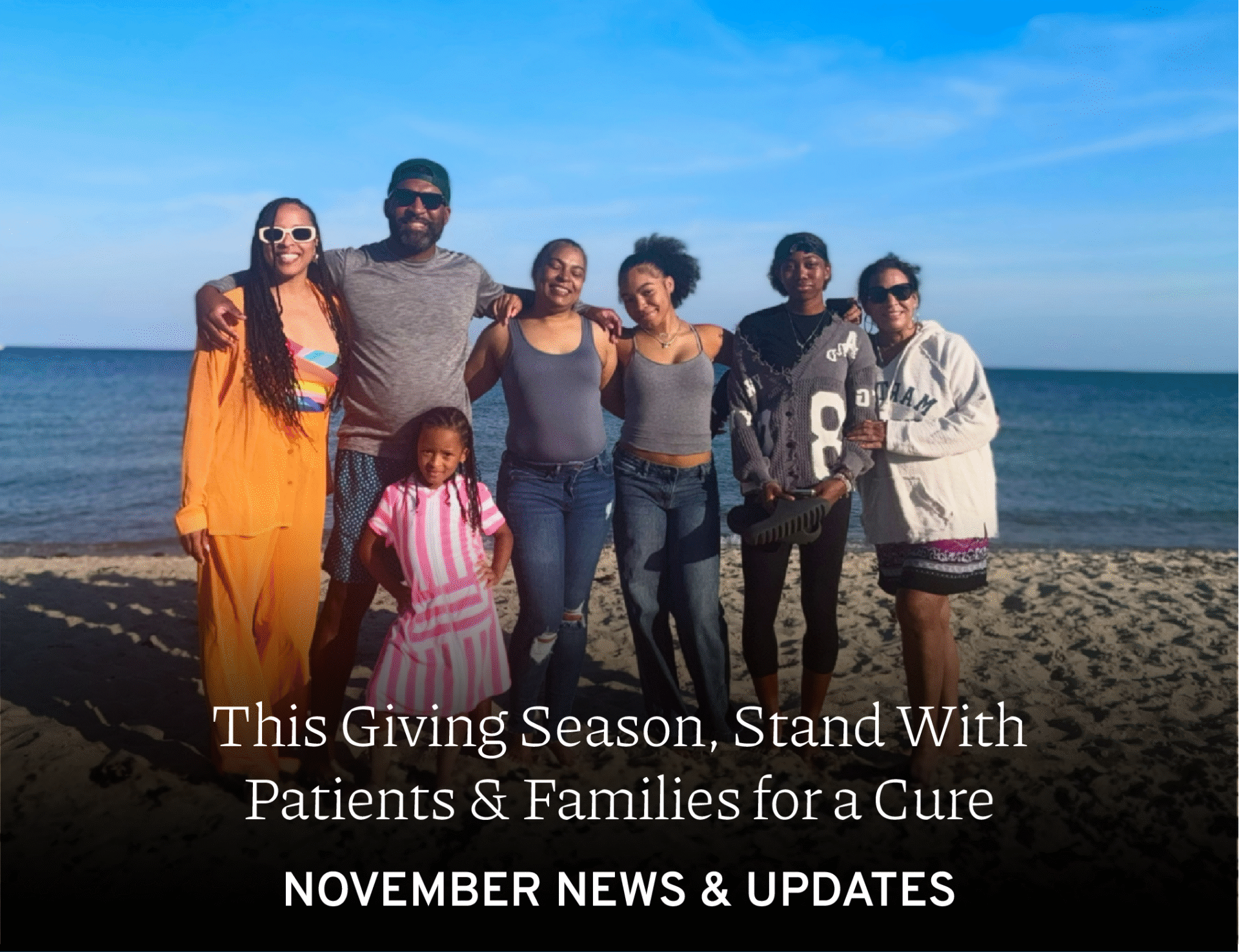Sridevi Challa, PhD, an OCRA grantee at UT Southwestern, is on the receiving end of some major accolades. She is the lead author of a study that dozens of news outlets are describing as having found the “Achilles’ Heel” of ovarian cancer cells. This opens the door for new research in biomarkers and the development of more targeted therapies. And yet, Sridevi remains humble.
“No matter how much you discovered or uncovered,” she said, “there’s always something that we don’t know. You learn more when you are humble.”
The origins of a career

Sridevi’s search for answers stems from losing her own father to cancer when she was a little girl. She now knows it was esophageal, but at the time they didn’t even know what kind of cancer it was; it just happened quickly. And in India in 1989, there were few resources. Furthermore, cancer was still considered taboo; a disease that people brought on themselves through bad behavior.
“It was never a natural process happening in your body,” Sridevi said. “It was always only if you smoked, if you were obese, if you ate unhealthy foods. But there can be something intrinsic also, right?”
It wasn’t just her father who was plagued with the disease, but many other family members as well. Sridevi found that hard to ignore. So despite getting her undergraduate degree in biotechnology, Sridevi had a sudden change of heart – at the age of 21, over breakfast the morning she was about to start her first job at an IT company.
“I just broke down and started crying. Sitting there, I knew I wanted to do something different with my life,” she said. Luckily, her family was incredibly supportive with whatever decision she would ultimately make. And that was to move to the U.S. and take a job as a research technician in Tampa, Florida, in order to get exposure to what Sridevi calls “real science.”
The intricacies of ovarian cancer
As Sridevi puts it, “you don’t get cancer because you’re a bad person. It just happens. We are trying to understand why it happens.”
While working toward her PhD, she studied “almost every cancer you can think of.” But by the end of her studies, she focused in on where she thought there was the most opportunity – targeted therapies in cancer, specifically ovarian cancer.
“We still don’t really understand the underlying mechanisms for ovarian cancer. So if we understand that, then we can come up with treatment strategies,” she said.
Sridevi is also struck by the symptoms that hint at the disease and how many of them are biological realities that women go through every month. “That really resonates with me as a woman … that other women could be suffering just like me on a regular basis, but it turns out it’s actually cancer.”
The genesis of a finding
Sridevi started her project with what she calls a simple idea: examining the metabolite that supports cell growth, known as NAD+, and how it works differently in ovarian cancer cells than it does in other cells.
Enzymes produce NAD+, which regulates a number of biological processes in cells. In normal cells, high NAD+levels in cytosol lead to high protein levels. But in ovarian cancer cells, it’s almost the opposite. When there are high NAD+ levels in cytosol, there is reduced protein synthesis. And this is important because it keeps the cancer cells from getting too stressed out.
You see, cancer cells grow rapidly and need to produce a lot of protein to keep up with the growth. But an overproduction of protein can form a toxic aggregate. So NAD+ works to keep protein synthesis at an optimum level for tumor growth. Think of it like Goldilocks: not enough protein, the tumor cells won’t grow. Too much protein, a toxic aggregate forms and kills the tumor cells. NAD+ keeps the levels just right.
“Making that connection was the most challenging part,” Sridevi said, “because we don’t really study aggregation in cancer. Protein aggregation is a phenomenon that is widely studied in neurodegenerative disorders.”
The NAD+ levels are the tumor’s Achilles’ heel, because if you can manipulate the levels of NAD+, you can cause the cancer cell to die.
Finding the story
“I still have to pinch myself to realize that I actually did this project,” Sridevi said.
She came into this research not knowing anything about NAD+, or protein synthesis, and credits her mentor for encouraging her findings. Every time she went to him with questions, wondering why a particular result didn’t match with the outcome in the cell, he would say, “go with the data. Your data is telling you a story.”
The idea that the biology was telling a story, that there’s a central theme the data flows into, is what intrigues Sridevi. It’s like reading a mystery novel, with clues to pick up along the way. The different stages are like chapters in a book.
“I knew that the NAD+ was doing something, that we need it for regulating cell growth,” Sridevi said, “but I didn’t know what the missing piece of the puzzle was. Once that was in place, the story kind of told itself.”
Riding the wave

For Sridevi, and scientists everywhere, there are crests and troughs in the work they do. “There’s a three-month period where everything you do is great,” she said. “And then there’s a three-month period where everything fails.”
Sridevi likes to work on multiple projects at a time so she can keep these ups and downs in balance.
“It’s mostly to keep myself sane. Maybe you’re looking at the wrong thing completely and you need a break to come up with an alternative idea, and then go back to it,” she said. “When I know one of my projects isn’t working, I just leave it there and focus on another project and try to get that to work.”
But she always harkens back to that moment when she was just out of college and crying at the breakfast table, seeing the possibility of her future going in the wrong direction. “I’m always aware of that decision that I want to be in science. And I want to be true to it.”
Dr. Challa’s grant is generously supported by The Donald R. and Esther Simon Foundation.


